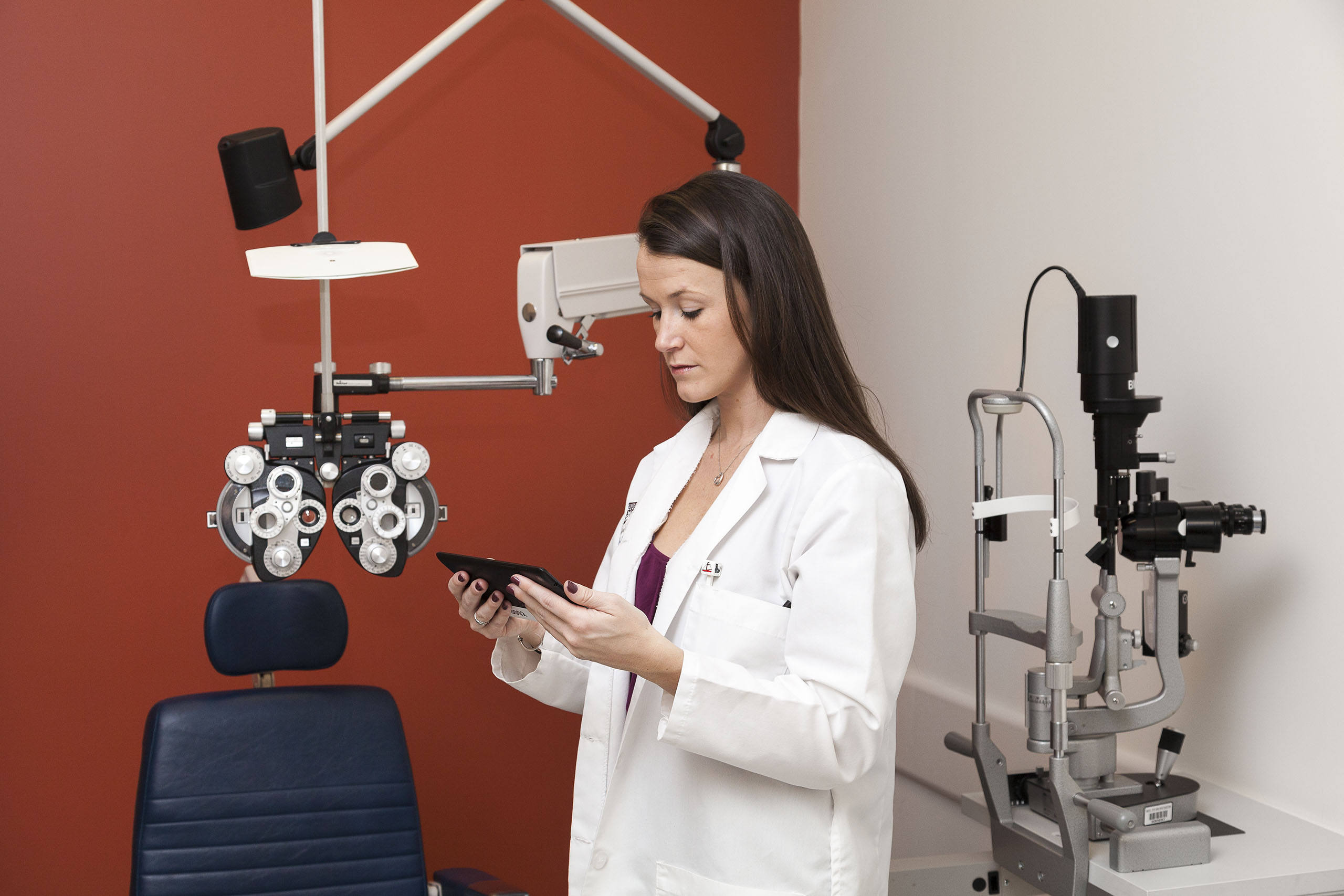Our early studies confirm that the Manifold® delivers an important assessment of everyday vision.
In a published study of multiple sclerosis, Manifold®’s contrast sensitivity metrics predicted self-reported disability better than current high- and low-contrast acuity metrics.
In a study of operational performance at Wright-Patterson Air Force Base, with results presented to American Society of Aerospace Medicine, Manifold®’s contrast sensitivity metrics predicted performance in a simulation of an in-flight-refueling task better than other clinical vision measures. In addition, contrast sensitivity predicted visual discomfort during the extended stereoscopic viewing needed to complete the task.
In a study of glaucoma at the Wilmer Eye Institute, with results presented at ARVO, Manifold®’s contrast sensitivity metrics exhibited better repeatability and higher precision than a CS letter chart.
In a study of retinitis pigmentosa and potential electrostimulation therapies, with results presented at Envision and Academy of Optometry, Manifold®’s contrast sensitivity metrics were sensitive for detecting visual changes in treatment conditions that increased ocular blood flow. The metrics were more sensitive for detecting change than other endpoints. A novel analysis using signal detection theory and receiver operating characteristics was applied to evaluate the probability of change relative to baseline.
Tests showed that the Manifold® provides additional information about functional vision loss beyond that provided by previous letter CS charts.
Taken together, these results demonstrate that the Manifold® provides a measure of visual performance that correlates with subjective visual experience, but can be measured with the precision typical of objective measures.
To distinguish between the properties of test repeatability and precision, we have developed novel quantitative metrics. For example, a vision test with coarse quantization can yield repeatable results, but because the steps are so large, the results are not useful for tracking visual changes in individuals over time. Whereas repeatability is desired, it is not sufficient to track small changes over time if it is achieved through coarse quantization. We have developed metrics that distinguish the qualities of precision and repeatability.

Figure 1
The AST functional vision test can give us a better picture of what’s changing in visual health over time.
How does the Manifold® help with evaluating therapeutic candidates?
Improving the sensitivity and precision of endpoints can improve the signal-to-noise ratio at the heart of clinical trials. It gives us a better picture of what’s changing in visual health over time; it can also help us better quantify the state of vision changes before and after therapeutic interventions. We are using receiver operating characteristic (ROC) analysis—typically applied to evaluate diagnostics at a population level—to detect changes in contrast sensitivity in an individual before and after a therapeutic intervention.
In the end, it is important to measure not only one CSF. It is important to measure several CSFs and analyze their differences: for example, left vs right eye or pre- vs post-treatment. Ongoing studies are providing the data to develop the analytical tools to track subtle changes in visual function due to disease progression or treatment effects.
You can follow our research through the abstracts, drafts, and published papers about the Manifold® Platform and qCSF algorithm. If you want to collaborate, or learn more, please contact us.